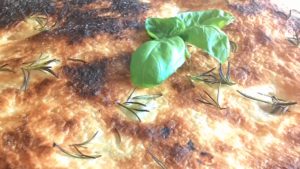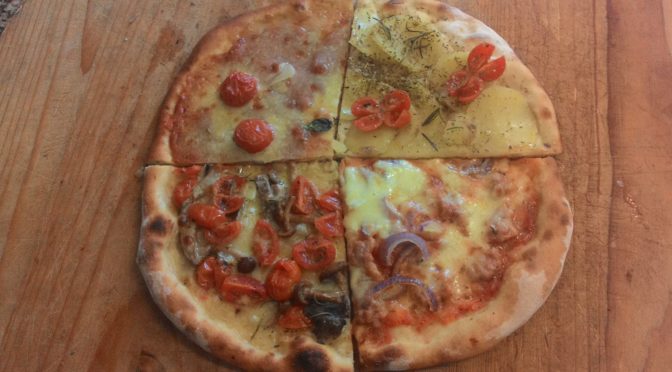Maturation of pizza dough. It may seem strange, but this phase is still poorly understood by Pizzaioli insiders and who usually prepares the pizza at home. This is the process that makes our crispy pizzas and digestible, than the classic traditional operating mode with short leavening as they did many years ago with bad results in terms of quality.
How many times have you said: I ate a pizza, I now feel bloated, I'm thirsty and I can not digest. A good pizza should not be so, a good pizza should be prepared in the development and production of the dough.
A good mix is the perfect base to get a good pizza.
A good mixture is obtained by leaving him alone to mature for the right time.

Maturation of pizza dough
The Maillard reaction
He says that in all the mixes for bakery and among which is also our pizza, greater is the waiting time before cooking and the greater will be the presence of amino acids and glucose to the inside. Amino acids are the smallest part of the protein and glucose is the smallest part of the complex sugar or starch.
The massive presence in our pizza dough of amino acids and glucose will mean that the enzymes that break down the complex sugar (Amilasi) and the enzymes that break down the proteins (Protease) They have worked long hours for many.
For a good maturation of the pizza we need 24/36 hours at slow leavening, ideal temperature is 2/3 Celsius degrees.
Maturation of pizza dough
Now for the cooking, and see what he says the reaction of Maillard
It tells us that if our dough is ripe to perfection, that is rich in simple sugars and amino acids, and is put into cooking at high temperatures that we usually use to cook our pizzas, we will obtain a lighter product, more digestible and more fragrant. "Perfect"
Maturation of pizza dough
Results
When we go to a pizzeria and order a pizza prepared with a long maturation dough, our stomach will have no trouble digesting the pizza, a large part of the digestion work has occurred during the ripening in the refrigerator at 2/3 degrees.

Did you know that during the ripening in the refrigerator are activated over 300 process?
The best known is the rising, which it is also the fastest. Many wonder how to control the rising process? Nothing could be simpler, only through the temperature.
Maintaining the mixture at a temperature of 2/3 Celsius degrees, We will slow down the rising until his full maturity.
After the maturation phase, we can bring our dough at room temperature to start rising. When our dough is leavened we will pass at the right point in the drafting, the seasoning and cooking.
41 Years ago, When I started doing the first pizzas, there were not all these types of flour, neither was available Professional cold rooms like today, then the processing methods were completely different, but today, saw low production costs for the purchase of professional equipment, cold stores have become indispensable to provide a highly digestible product.
Maturation of pizza dough
If you want to know in a practical use of modern flour on the market, recent kneading techniques and maturation, subscribe to one of our professional pizza maker in our courses School Pizza.
Sol our website are available as well 300 pizza recipes.
Follow our recipe videos on YouTube

I use pollish. That is,I put 1/1 of water and a small portion of the total yeast, I leave 24 hours in the fridge. You use 3% yeast (depends on your taste, maybe more) in relation to the amount of wheat that goes, salt too, I put a little more. The other day I make the dough with the poolish, I make the bowls and let them mature for two hours or more. Then I open and pre-associate.
Hello .. Good evening,I wonder when yeast put one en pizza dough that goes to the refrigerator for 24 36hrs.